orchestra
OR-ke-struh
[English, from the Greek meaning dancing area]
A group of musicians who perform on a variety of instruments. Within Western art, the term is most commonly applied to the symphony orchestra.
Modern Symphony Orchestra Instrumentation
| 18- 1st violins 14 - 2nd violins 12 - violas 12 - cellos 8 - double basses |
4 - flutes 3 - oboes 1 - English horn 3 - clarinets 1 - bass clarinet 3 - bassoons 1 - contrabassoon |
5 - horns 4 - trumpets 3 - trombones 1 - tuba |
2 - timpani 3 - untuned percussion 1 - tuned percussion 2 - harp |
The actual instrumentation of the symphony orchestra is dictated by the composer's indications in the score. In fact, on any given performance of a symphony orchestra, the instrumentation may change on every composition performed. The instrumentation shown above is the result of dramatic changes throughout the centuries. There has been a great expansion from the Baroque orchestra to the modern symphony orchestra.
Example
Gustav Holst: The Planets, Op. 32, "Jupiter, The Bringer of Jollity"
Orchestra, modern size: Johannes Brahms: Symphony No. 1 in C minor, Op. 68, IV
Felix Mendelssohn: Symphony No. 4 in A major, Op. 90
Felix Mendelssohn: Symphony No. 4 in A major, Op. 90, IV
Orchestra, Baroque: George Frideric Handel: Concerto Grosso in G major, Op. 6, No. 1, I
Orchestra, Classical: Wolfgang Amadeus Mozart: Symphony No. 40 an G minor, K. 550, I
Share
Tweet
Last Updated: 2016-06-06 00:48:56

